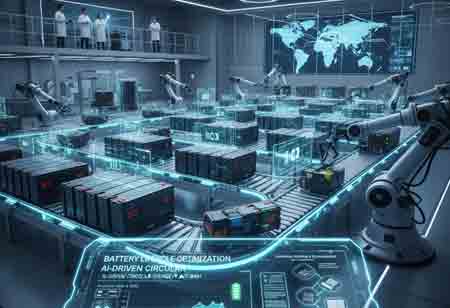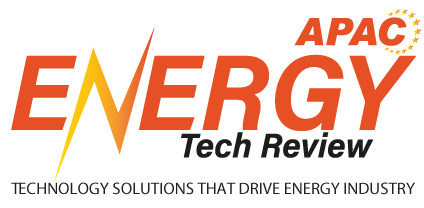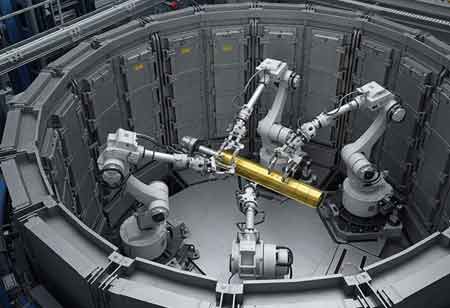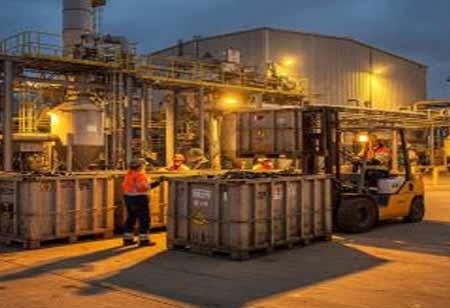CLOSE
Specials
I agree We use cookies on this website to enhance your user experience. By clicking any link on this page you are giving your consent for us to set cookies. More info
Be first to read the latest tech news, Industry Leader's Insights, and CIO interviews of medium and large enterprises exclusively from Energy Tech Review
Thank you for Subscribing
AI Meets Circular Energy: Unlocking Efficiency in Resource Recovery and Reuse in APAC
The APAC region can achieve sustainable energy through the integration of AI and circular economy principles, optimizing resource recovery, waste heat management, and creating economic opportunities while minimizing environmental impacts.

By
Energy Tech Review | Friday, November 28, 2025
Stay ahead of the industry with exclusive feature stories on the top companies, expert insights and the latest news delivered straight to your inbox. Subscribe today.
Fremont, CA: The Asia-Pacific (APAC) region is increasingly grappling with the paradox of its own success: burgeoning resource consumption and an escalating environmental footprint. The convergence of Artificial Intelligence (AI) and the principles of a circular economy presents a transformative pathway towards sustainable energy systems, particularly in the critical areas of resource recovery and reuse.
The traditional linear "take-make-dispose" model is no longer viable. A circular economy, by contrast, aims to keep resources in use for as long as possible, extract the maximum value from them whilst in use, then recover and regenerate products and materials at the end of each service life. AI acts as a crucial enabler, providing the intelligence to optimize these complex, interconnected processes, resulting in unprecedented efficiencies in the energy sector of the APAC region.
Optimizing Waste Heat Recovery
Across the region, industrial processes—from large-scale manufacturing hubs in China to the rapidly expanding data centers in Singapore and Japan—generate substantial amounts of waste heat, representing a largely untapped energy resource. AI has the potential to transform waste heat recovery by enabling smarter, more efficient systems. Through real-time monitoring and anomaly detection, AI-powered sensors and algorithms can track fluctuations in temperature and pressure, allowing immediate identification of inefficiencies and ensuring optimal heat capture. Predictive maintenance further enhances system reliability by analyzing operational data to forecast when equipment, such as heat exchangers, requires servicing, thereby reducing costly downtime in heavy industries. AI can optimize load management by routing recovered heat to applications such as district heating, power generation, or adjacent industrial processes, based on real-time demand. In industrial parks, this capability can extend to creating an interconnected energy network, where recovered heat is shared across facilities to maximize overall efficiency.
Intelligent Resource Recovery from Waste-to-Energy (WtE) Plants
WtE facilities are emerging as a key solution in the region, addressing the dual challenge of sustainable waste management and renewable energy generation. The integration of AI has the potential to significantly enhance the circularity and efficiency of these plants. Through advanced waste characterization, AI-powered sensors and imaging systems can accurately analyze incoming waste streams, enabling the recovery of recyclable and reusable materials before they are incinerated. This not only preserves valuable resources but also optimizes the calorific value of the residual waste. In parallel, machine learning algorithms can adjust combustion parameters in real time, ensuring maximum energy output while minimizing emissions and enhancing the efficiency of non-recyclable material processing. AI can support the valorization of ash and slag byproducts by analyzing their composition to identify recoverable minerals and materials. These byproducts can then be repurposed in industries such as construction, thereby reinforcing the circular economy and closing the loop on waste.
The fusion of AI and circular economy principles presents a profound opportunity for the APAC region to redefine its energy landscape. AI can boost waste heat recovery, prolong battery life, and convert waste to energy/materials by analyzing data, predicting outcomes, and optimizing systems. This intelligent approach to resource management is not just an environmental imperative; it is an economic opportunity that will drive innovation, create new industries, and pave the way for a truly sustainable and resilient energy future for the entire region.

Copyright © 2025 Energy Tech Review. All rights reserved






